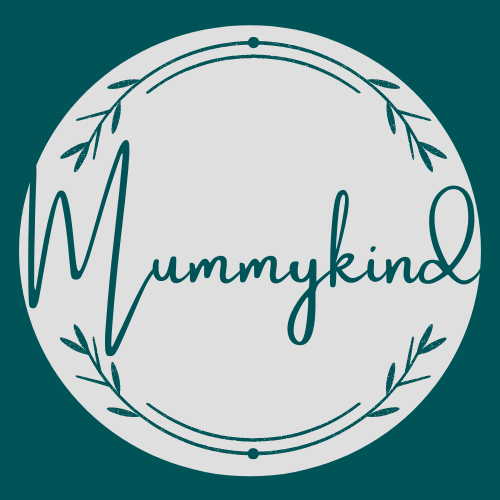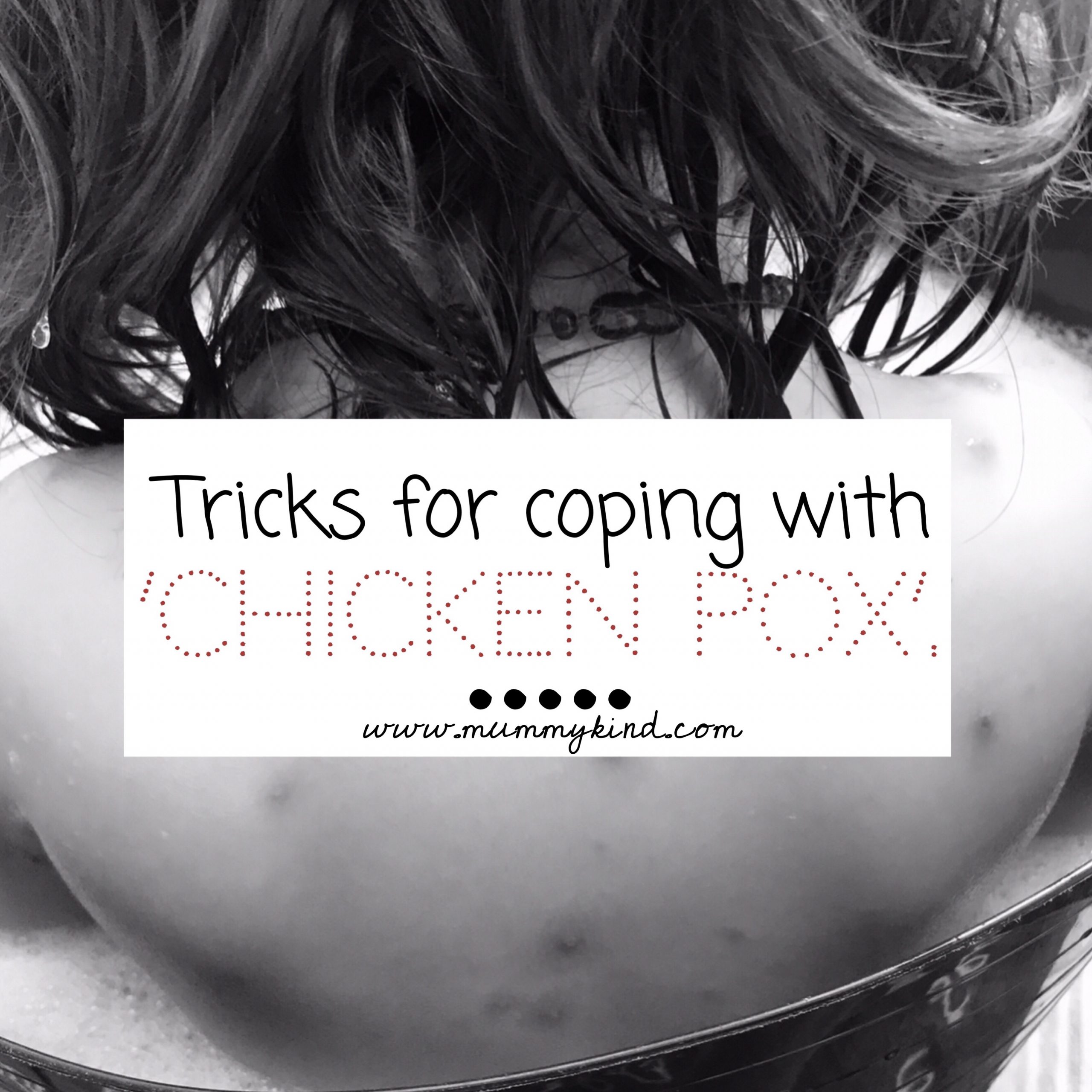
Tricks for coping with Chicken Pox!
Many of us are familiar with the signs and symptoms of chicken pox- if you’re not click here and have a read! Sadly, in the UK, it is inevitable that our little ones will deal with it at some point. We thought that we’d put together some (tried and tested*) top tips for helping your little ones to cope with the Pox!
*All of the following was tried by Harriet, with Flo, during her case of chicken pox in late July / early August. She recovered remarkably well and despite having sensitive skin. We managed to keep her comfortable and barely ever had to remind her not to itch or scratch! Her spots scabbed over very quickly and she had little other symptoms. I tried all of the below to keep her comfortable and feel that these things really helped to get her through ‘The Chicken Pox’ with ease!
Please remember that no one on the Mummykind team is medically trained. We love to share our experiences in the hopes that someone will find it useful. If you have concerns about your health or your child’s health you should always contact a doctor.
Avoid giving your child Ibuprofen at all costs!
Ibuprofen disrupts the healing process and increases the risk of soft tissue / skin infections- including serious infections like necrotising fasciitis. Ibuprofen is an anti inflammatory and because of this, it can react with the chicken pox- making them go deeper into the skin tissue.
Avoid giving you child any form of Aspirin!
Children who have Chicken Pox Virus can develop a potentially fatal condition called Reye’s Syndrome, which can cause severe brain and liver damage.
Piriton
Remember that you can use Piriton (Chlorphenamine), in children 12 Months and older – this helps to soothe the itching and discomfort that comes with the Chicken Pox blisters healing.
Please always read the instructions!
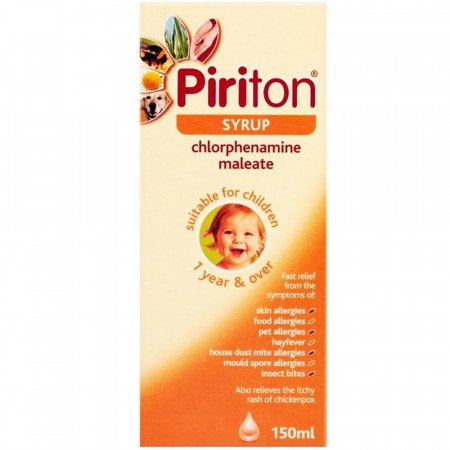
Paracetamol
Calpol can be given when your child has a fever or is struggling with cold symtoms that often accompany Chicken Pox. If your child doesn’t like the taste, you can try mixing in with squash. You can also buy cheaper versions of liquid paracetamol at your local supermarket or at pharmacies like Boots, Lloyds Pharmacy, and Superdrug. They do exactly the same job as Calpol, often at almost half the price!
Please always read the instructions!
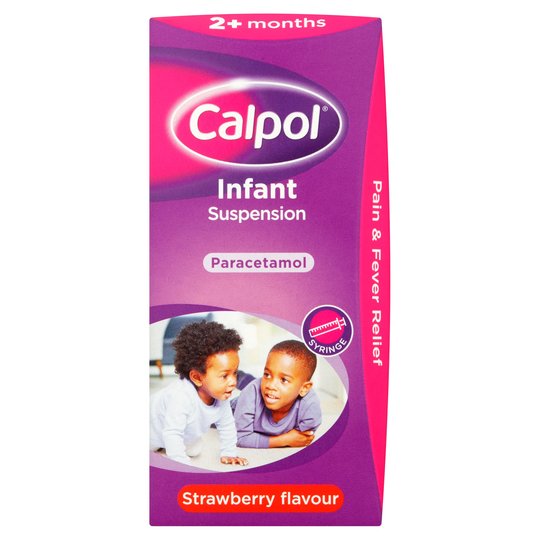
Emollient
Applying Diprobase Emollient can soothe sore spots. Diprobase is often used as for nappy cream and for eczema. The emollient properties soothe the itchiness from the outside!
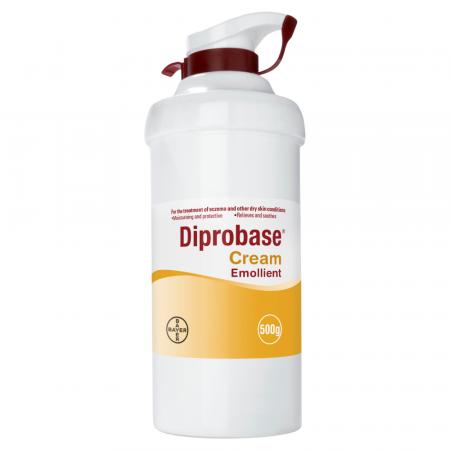
Vosene
Using Vosene Frequent as bubble bath, at bath time can help to keep the scabs nice and dry. Florence said it made her skin feel “nice and cool and comfy again”.

PoxClin
Apply PoxClin CoolMousse to soothe itchy spots. PoxClin Is a relatively new product that you can apply to your child’s spots. It can apparently accelerate the natural healing process and prevents the infection of wounds. It is super light and fluffy so it is very quickly absorbed into the skin.
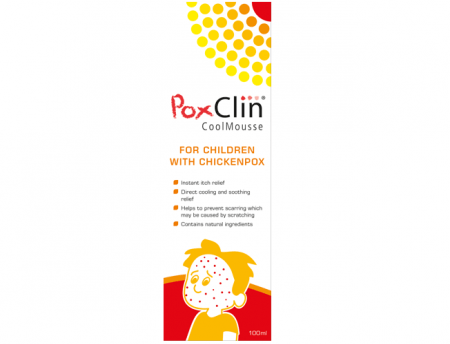
Lotion
Calamine lotion is the cheapest way to soothe those nasty spots. It is a tried and tested approach that goes back decades, just dab on with cotton wool and away you go!
Have a trim!
Keep fingernails short so the blisters don’t get scratched off because this can lead to scaring. In children under three you might even be able to get away with putting socks on your child’s hands to avoid scratching when they are asleep.
Ice Lollies
Frozen treats are a life saver if your little one has cold symptoms with their Chicken Pox! Ice lollies are particularly good if their Chicken Pox has spread to their Mouth, Lips or Tongue! They will also help your little one stay hydrated if they don’t feel like drinking much.
Hydration
Keep your little one very well hydrated. They might not feel like eating much – especially if they have spots in their mouth, so their usual milk or milk substitutes may help keep their energy levels up. Offer them fluids frequently as drinking lots can keep nastier symptoms at bay and can aid the healing process.
Things to look out for with Chicken Pox
If your child is too young to take paracetamol, the recommendation is to seek medical assistance. Here are some signs and symptoms that aren’t always ‘normal’ to have when experiencing Chicken Pox. These might indicate that you need to seek further medical assistance for your child-
- If you your child has a temperature of over 39 degrees.
- If the skin surrounding your child’s chickenpox becomes red, sore or appears to be infected.
- If your child has pain in their chest or difficulty breathing.
- If your child is not managing to drink enough fluids.
- If your child is struggling to pass urine.
- Severe headaches.
- Sensitivity to light (photosensitivity).
- Nausea or vomiting.
- Stiff neck.
- Confusion.
- Sleepiness, fainting, difficulty waking or unconsciousness.
- Convulsions or seizures.
What have you tried to help soothe chickenpox?
If you liked this you may enjoy reading…
Getting Your Toddler Through a Cold
Taking Care of Toddler Skin in Winter
